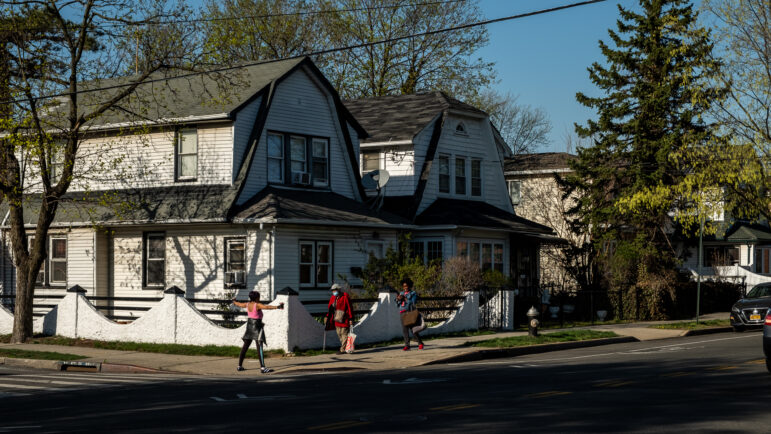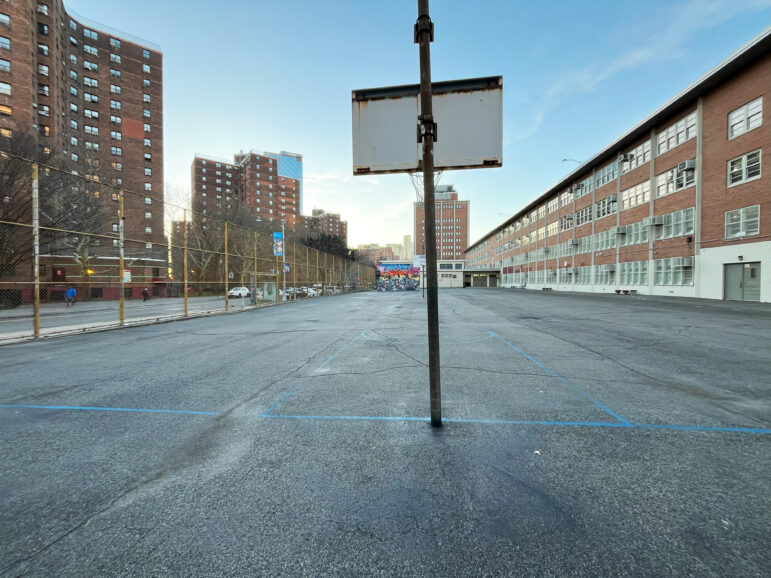New York workers with wage complaints now have one small consolation: New York State is doing a better job of catching their negligent bosses. Exploited low-wage Gothamites have already collected nearly four times as much in back wages through the first three quarters of 2005 than for the same period last year, putting $2.7 million into struggling workers’ pockets thus far. Across the Empire State, the trend is similar, with 50 percent more workers having collected back wages. In all, low-wage workers in New York State have so far taken home $3.8 million in back wages, compared to $1.2 million by last September.
The boost bodes well for enforcement of the state’s new minimum wage law, which raised base hourly wages from $5.15 to $6.15 in January, and will ramp up to $7.15 by 2007. But the improved enforcement is unrelated to the law, say labor department officials, who attribute it to a reconfigured investigation staff. In April, the department converted its Apparel Industry Task Force—a specialized investigative unit–to a Fair Wage Task Force. The new body, which consists of the same roughly 100 investigators as before, is broadly charged with inspecting low-wage industries like green grocers, construction and restaurants. “Because of world trade being what it is, and some new laws on the federal level, the apparel industry has declined in New York,” said Rob Lillpopp, a NYSDOL spokesperson. “We had staff whose workload was reduced. This was our way of making sure they were doing more with the time they had.”
The spike in collections is encouraging, say advocates, who have long complained that the agency is unresponsive to claims. “That tells me that if they really do their job in enforcements, the DOL can be a really effective agency,” said Chaumtoli Huq, a staff attorney with MFY Legal Services who handles employment cases. Yet it doesn’t change a bigger problem, said Huq: Cases frequently take more than a year to settle, leaving workers in the lurch. “It definitely takes no less than a year, and sometimes up to two,” from start to finish, said Huq.
Indeed, state labor stats bear out Huq’s charge. Even as the department has opened more cases, an increasing proportion of them taking more than a year to officially close. In 2000, about 45 percent of minimum wage violation cases took more than a year to close; by 2004, that was true of 66 percent.
But labor officials say that has little to do with enforcement, since any appeal by an employer keeps the case open, and many cases drag on for months. “We would consider that 20 percent [difference] to be a normal swing” in the caseload, said Lillpopp. Other administrative decisions, such as allowing employers to pay back wages over time instead of in a lump sum, can also keep cases open, added Lillpop. The department does not track the reason that cases remain open for extended periods of time.
For one of Huq’s clients, the wait seemed endless. “At first I thought I would never get it back,” said the electrician, who declined to be named due to immigration concerns. After being denied overtime for several months of work, he went to the state Department of Labor to seek help. When officials told him his case would likely fall low in terms of priority, he went to MFY; even with persistent legal counsel, it took more than two years for him to recoup the $4,000 he was owed. “Either they have more patience or less cases than the DOL,” he said through a translator. “But now I can’t thank them enough.”








